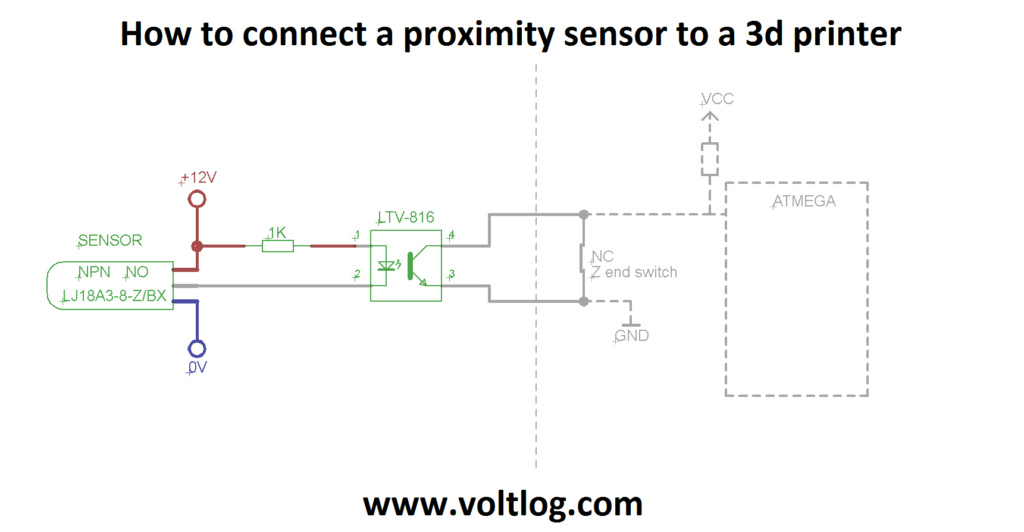Welcome to a new Voltlog, this will be a rather short project video, I thought I’d start the year with something simple. If you’ve ever used JTAG before, either to program or debug an ARM processor, or something like an ESP32 or maybe to load a bitstream into an FPGA, you’ve likely encountered the ubiquitous 20 pin JTAG connector which is this 2×10 0.1inch spaced connector. It’s a rather large connector, it takes up a lot of space on a PCB, you don’t really need that many pins but you can’t go without it because it’s usually present on the fully featured programmer/debugging tools. Here is an example: this is an ST-Link V2, or to be precise a cheap clone from aliexpress but for the purpose of this discussion it doesn’t matter, it looks the same as the original and it has this 20 pin JTAG connector.
And to some extent this isn’t really a problem if you are using big development boards like this STM32F4 dev board that I got from Aliexpress. This features the same 20 pin connector for programming so it’s a matter of connecting a simple ribbon cable and you’re up and running. However, most modern boards that you are going to be designing might not have enough space to install such a big connector, you might for example use the simpler 10 pin JTAG connection, cause you don’t even need that many signals, most of the pins are GND anyway on the 20 pin connection. And instead of using 2.54mm pin header you can use something smaller like half the size, 1.27mm, and this can save a lot of space on a board.
